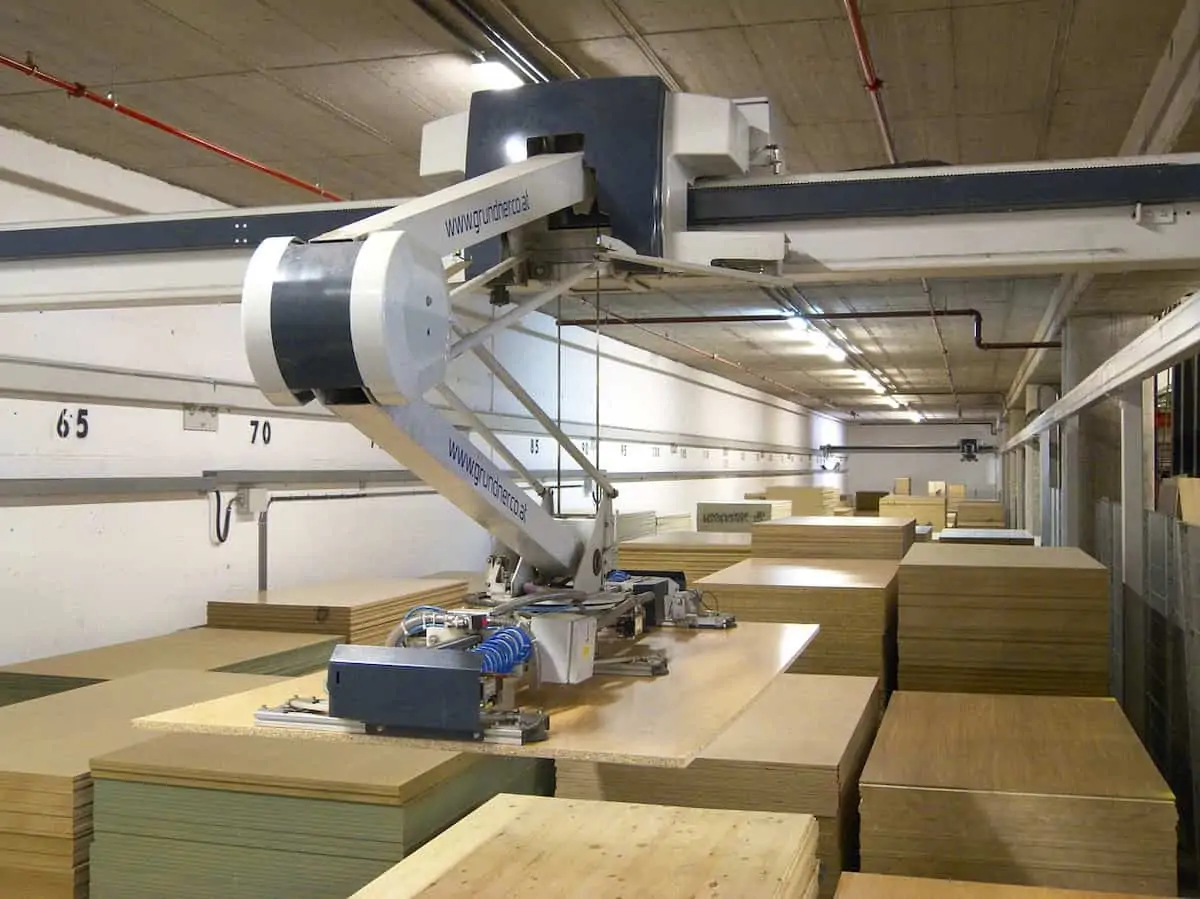Mujin, a Tokyo-based company, has developed and deployed the first fully automated, humanless warehousing robotic systems, reports CNBC.
Unfortunately, significant challenges continue to plague the idea of humanless warehousing, yet the benefits of automation and robotics must not be ignored.
Supply chain leaders need to understand these facts and follow a few tips to prepare for a robot-driven future.
Challenges of Humanless Warehousing
Implementing humanless warehousing processes can seem like the ideal way to avoid unnecessary costs and increase warehouse productivity. Unfortunately, as explained by Steve Banker via Forbes, major hurdles to humanless warehousing continue to exist.
The functionality of today’s robotic systems is merely incompatible with the variety of and needs in the typical warehouse. At the same time, implementing a robotic system requires significant capital, and depending on the level and degree of automation, it could cause more harm than good in short-term forecasts.
In other words, the upfront costs result in lengthy times to return on investment (ROI), and robotic systems are limited in their ability to provide meaningful interaction with customers. Even when faced with these challenges, the idea remains. The problems do not necessarily outweigh the benefits of humanless warehousing.
The Benefits of Humanless Warehousing
Humanless warehousing means eliminating the need for all human touch points and interactions within a facility. Such interactions are replaced by fully automated and robotic controls and activities. As a result, the mistakes that accompany human-driven processes, such as errors when picking orders, damage resulting from mishandling, delays from inadequate labor management, and other factors, are driven into retreat.
The results of humanless warehousing have big implications for warehouses in need of greater efficiency. Robots do not need to worry about inconsistencies, demands from time off, cost of benefits, and other essential aspects of human workers. As a result, productivity increases. More orders are filled faster, and order accuracy increases providing a positive experience to customers. Yet, there will always be some instances where human hands are still necessary, such as performing maintenance on robotic systems.
Also, developments in recent years have led to the creation of adaptive robots, says inVia Robotics. In other words, these adaptive robots do not need consistent and constant reprogramming to make informed decisions and act on information. To pull off such capability requires an advanced level of integration and consideration of all potential issues that may occur within a warehouse. However, the result is the same; warehouses achieve unmatched productivity and efficiency.
Best Practices to Prepare for Future Robot-Driven Warehousing
One thing is clear; the future of warehouse management is robot-driven and humanless. Unfortunately, that future is still out of reach for many of today’s supply chains. Instead of trying to gain a competitive advantage by digging a deeper investment hole, supply chain leaders should take a few steps to prepare for a robot-driven future, even if it means not investing in robotic systems today. These steps include:
- Identifying what areas can be automated through affordable, simple robotic systems that exist in today’s world.
- Working with team members to ensure a smooth transition to automated processes and reducing the fear of the “Robot Apocalypse.”
- Integrating systems to share and apply data.
- Understanding customer expectations for customer service, including interactions with real people, not just automated systems.
Plan for Success With Robust Warehouse Management and Strategy
The application of robotics will be an advancement for humanless warehousing and allow supply-chain leaders to recapture costs and avoid many of the problems associated with efficient labor management.
However, this will only be possible for companies that understand the limitations of today’s robotic systems and how to make a smooth transition to the humanless warehouse, even if only certain parts of the operation can be fully automated.

